
In what used to be Brenda Bombard’s kitchen, there is a basin full of mangoes, three acrylic boards with tasks, schedules and who is responsible. In the living room, a dozen animal ornaments accompany the bluejay, Robin, who looks at us quietly from his cage.
Since 1999, this American and her husband, Randy, opened the doors of their home to injured animals and people willing to save them. They live in an apartment in the same property where they have Nosara Wildlife Refuge.
Brenda remembers when she arrived in the town in 1998.
We heard so much about how incredible Costa Rica was that it was easy for us to make the decision to move. 21 years years ago there was not a lot here, it was pretty sparse, just a few houses and one tiny little store (convenience store).”
In the yard, there are about 70 caged animals that have been rescued from Samara to Marbella. The vast majority are electrocuted monkeys.
Some may reintegrate into the forest in a few years. Others will live there for the rest of their lives. Although the idea is to heal them to free them, several would not survive alone, like the monkeys that were used in hotels to entertain guests, domesticated parrots, a coati that went blind after being hit, or Robin, who is unstable due to a problem in its legs.
What Brenda had heard of Costa Rica is what the country continues to sell to the world: that we are an ecological country full of paradisaic spots. But there is a parallel reality: urban development— partly triggered by that tourism that we fiercely seek— steals and increasingly fragments the habitat of animals and prescribes electrical wires that leave them burned to a crisp instantly.
According to the municipality, Nosara is the district of Nicoya that reports the most urban growth in recent years. In the first half of this year, the local government received construction requests for 15,700 square meters (m2), compared to 10,167 m2 in Samara and 7,584 m2 in Nicoya.
In Nosara, there is another shelter founded by Vicki Coan. Veterinarian Irena Villalobos believes that uncontrolled development triggers a massacre.
What we are losing in animals is an exorbitant amount.”
Just Nosara Refuge for Wildlife records almost 300 animals electrocuted from 2017 to June of this year, but at the national level, nobody has precise figures on the number of animals that die in this way. In fact, the only records are those made by rescue centers and some electricity companies that keep track of outages caused after the shock.
The refuge’s veterinarian, Francisco Sanchez, estimates that 70% of electrocuted animals die instantly and, of those rescued, only 30% survive.
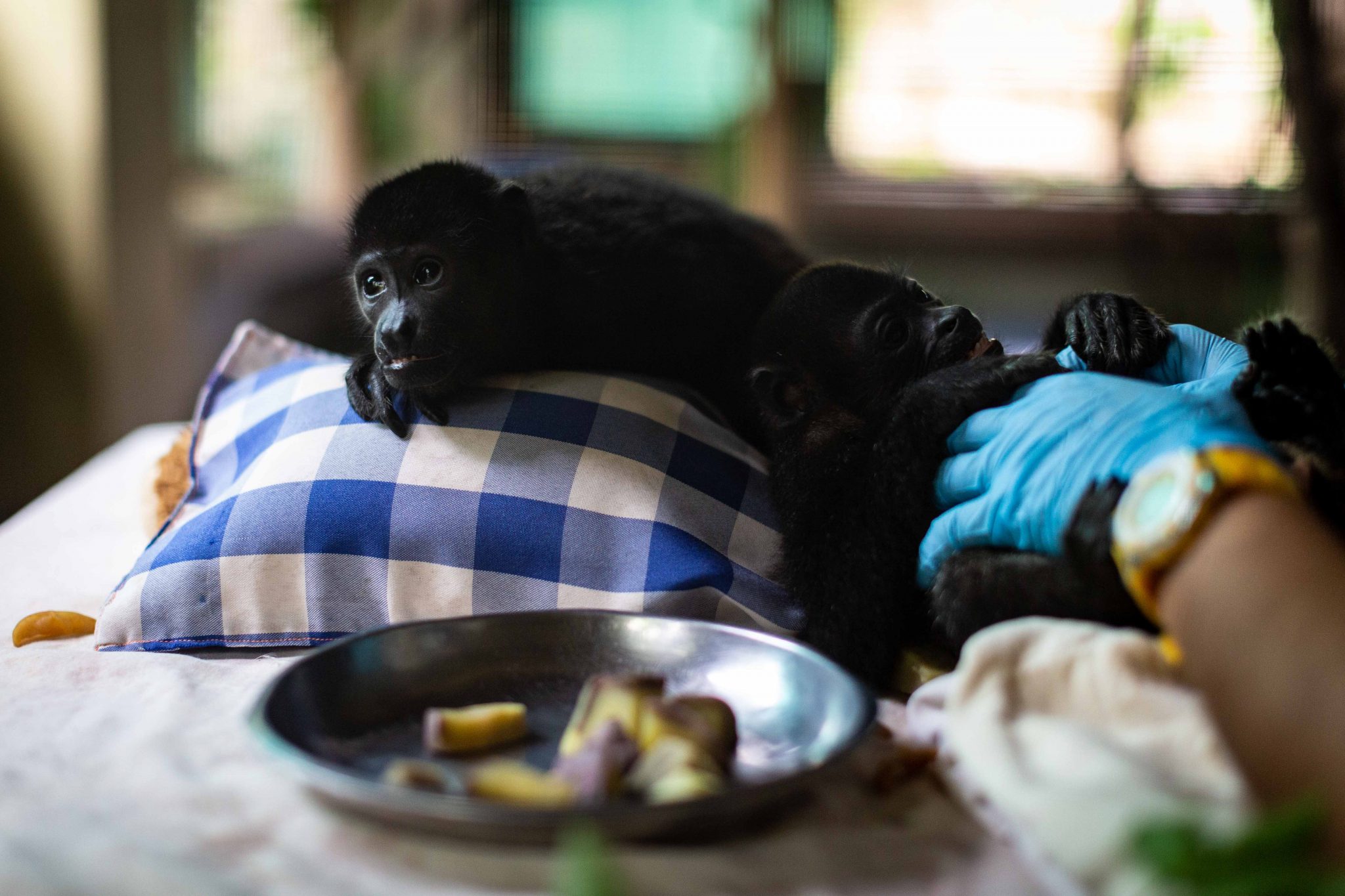
Most of infants are orphans because they received electric shock when their mother carried them.
Take Charge
In a space enclosed with bars, 17 infant monkeys walk slowly on the ground and among some branches, ropes and tables. Since they just ate, their energy levels are calm.
Sitting in a chair covered by a pink sheet, a young lady holds two of them. Twenty-four hours a day, several people take turns watching them, feeding them and taking care of them. The workers and volunteers know each one by name.
These monkeys are in the first of five stages that the shelter has. Electric shocks usually annihilate mothers in moments, and the infants that they carry on their backs also receive shocks. Here they have to teach the little ones the skills that they would have eventually learned in the wild. They also help them form the troop with which they will be released to the forest in about four or five years.
The enclosures have leaves, bamboo poles, ropes and other elements that help them get used to the forest. In the words of the veterinarian, it is about environmental enrichment.
We seek to make it the closest thing to the forest inside here. I don’t want them to walk on the ground, so we put things up for them. We teach them how to hang and how to look for their own food,” he explains.
The last stage is the pre-liberation enclosure. They made it in San Juanillo de Santa Cruz, because they don’t have enough space here. “There they get used to the humidity, temperature, sounds and other animals,” the veterinarian relates.
The shelters scrape by with international financing, donations and amounts that they collect through guided visits, but without help from the government, which according to the environmental protection law (of 1995), should guarantee an adequate habitat for wildlife.
However, they are certain that rehabilitating monkeys is not the solution for the forest. That is why they have conducted a campaign called “Stop the shocks” to raise awareness among their followers on social networks and raise funds to buy electrical insulation materials kits. ICE is an ally in installing the kits and rope bridges as wildlife passageways. According to the veterinarian, in four years they have installed about 30 rope bridges between Garza and Santa Marta de Nosara.
Last year, Minae published a guide to reduce electrocution of animals. Since then, companies have become more proactive.
“This is an issue that goes two directions: there is a loss of biodiversity, which is terrible, but companies also have losses when there are outages,” says the director of the Ostional Refuge, Yeimy Cedeño.
The group that put together the guide resumed holding meetings four months ago. “We want to make a road map to set priorities, for example, to find out the concrete number of how many animals are being electrocuted nationwide,” explained Minae biologist Shirley Ramirez, who coordinates the group.
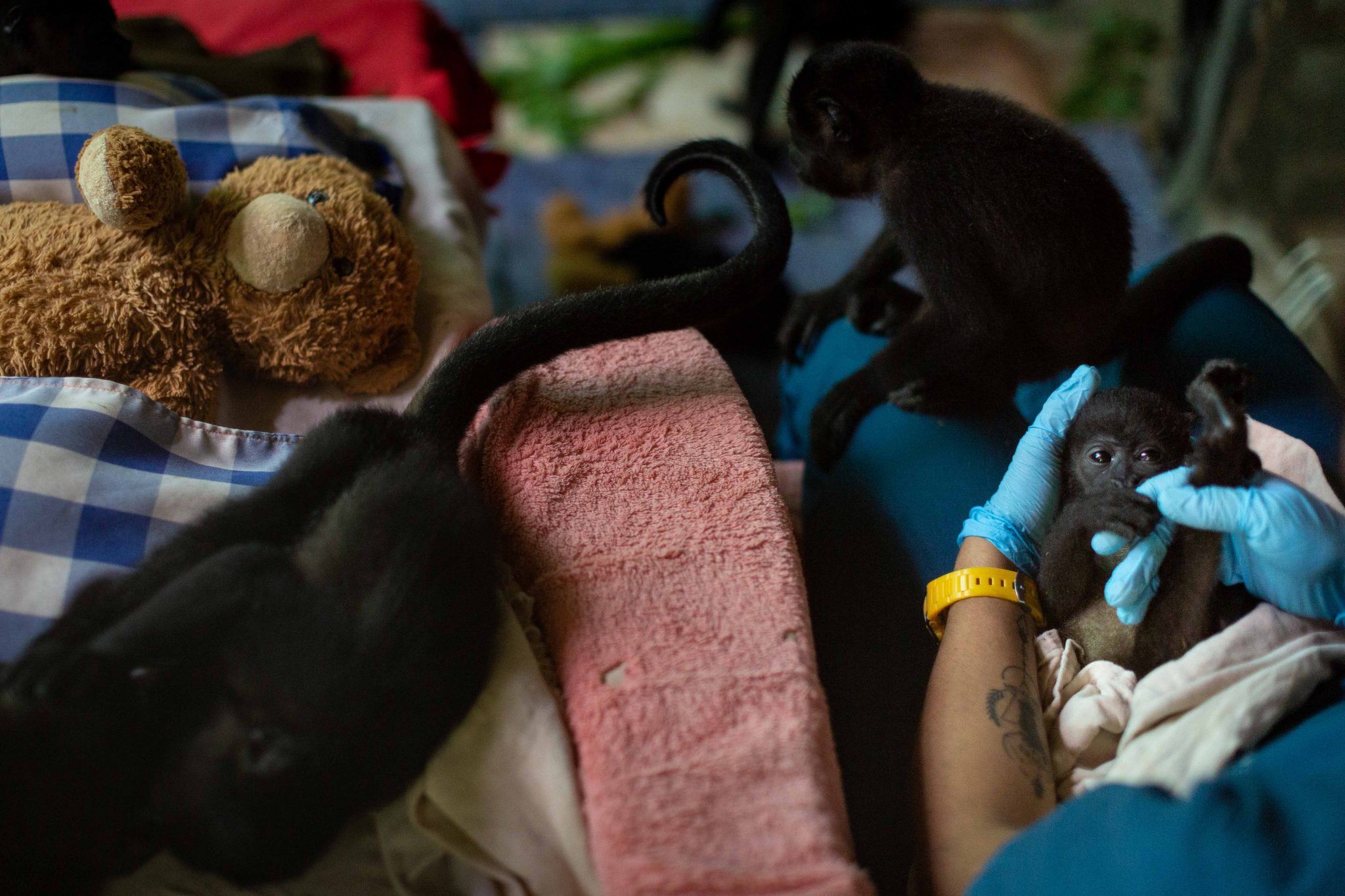
Shelter workers form troops since the monkeys are small to release them together in about four or five years. Photo: César Arroyo CastroPhoto: César Arroyo Castro
A Local Effort
While all of Nicoya continues to grow without a regulatory plan, the municipality is preparing a temporary buffer zone plan to control construction in the five kilometers of Nosara that border the Ostional Refuge.
Brenda Bombard and her team made suggestions to the municipality to include rules that obligate owners of constructions to finance insulating material for electrical cables. However, according to municipal engineer Josue Ruiz, those rules do not fit in the temporary plan.
We don’t have authority in this to regulate the work of the electricity companies,” he explained.
However, Ruiz affirmed that they can do it in the regulatory plan, as long as there is sufficient documentation by Minae and the shelters to justify these measures.
The fight to save animals does not end for the shelters. Now Nosara Refuge for Wildlife is processing permits from Minae and Senasa to move to San Juanillo, 17 kilometers (10.5 miles) north in the canton of Santa Cruz, because according to the veterinarian’s assessments, constructions make it difficult for the animals to recover in order to return to their natural habitat.
“Tourism comes here for the nature. They come to see the animals, the beach, the forest, but what is going to happen [if electrocution is not prevented]? Nothing will be left in the Costa Rican forest,” Sanchez complained.



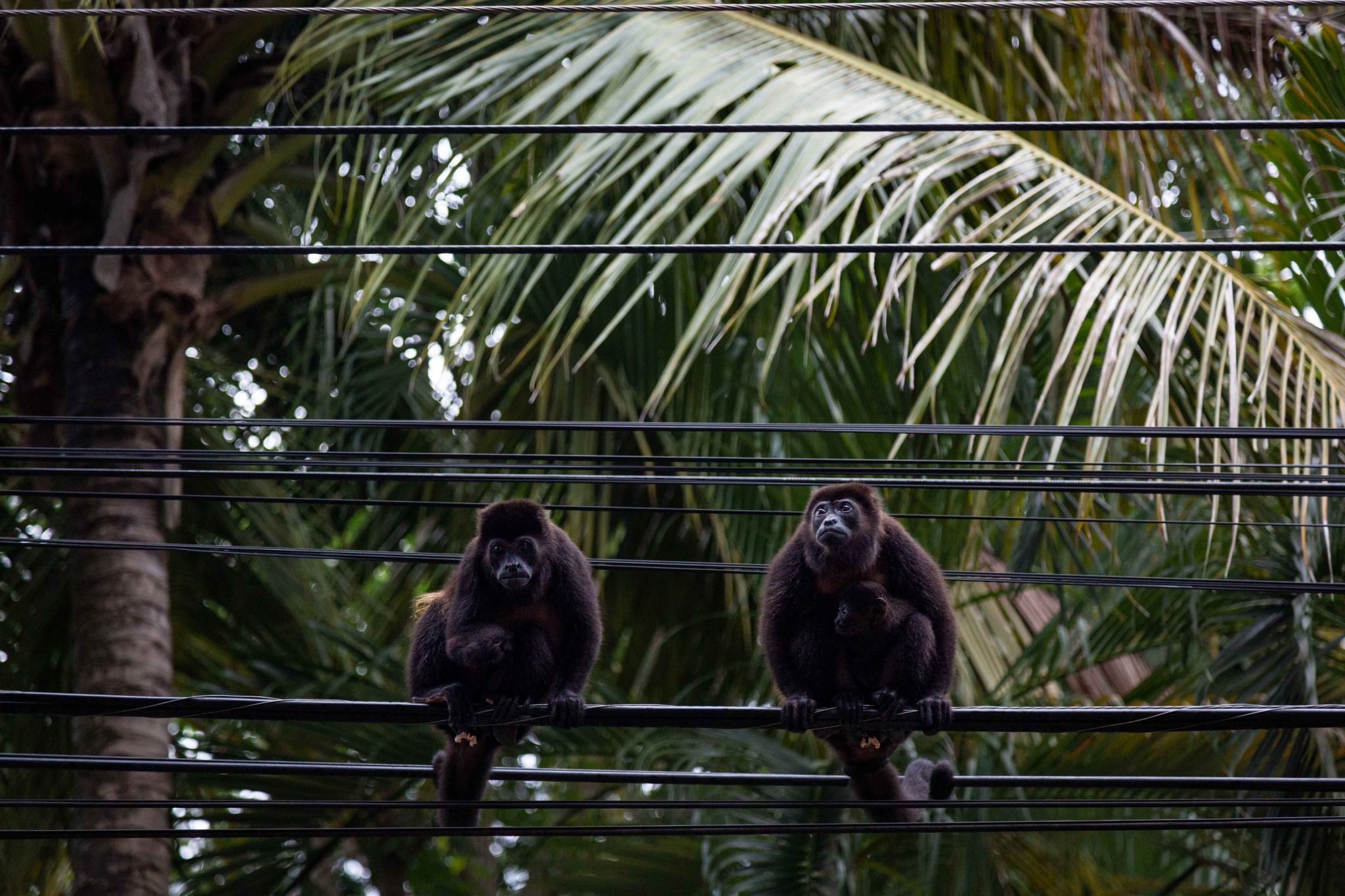


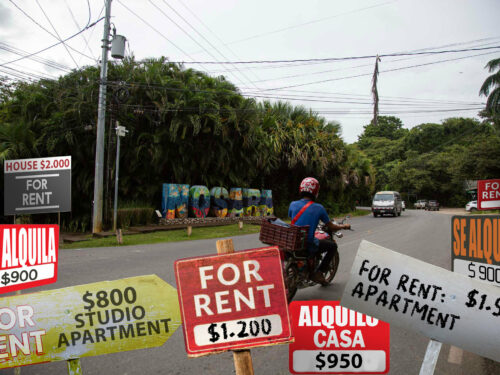
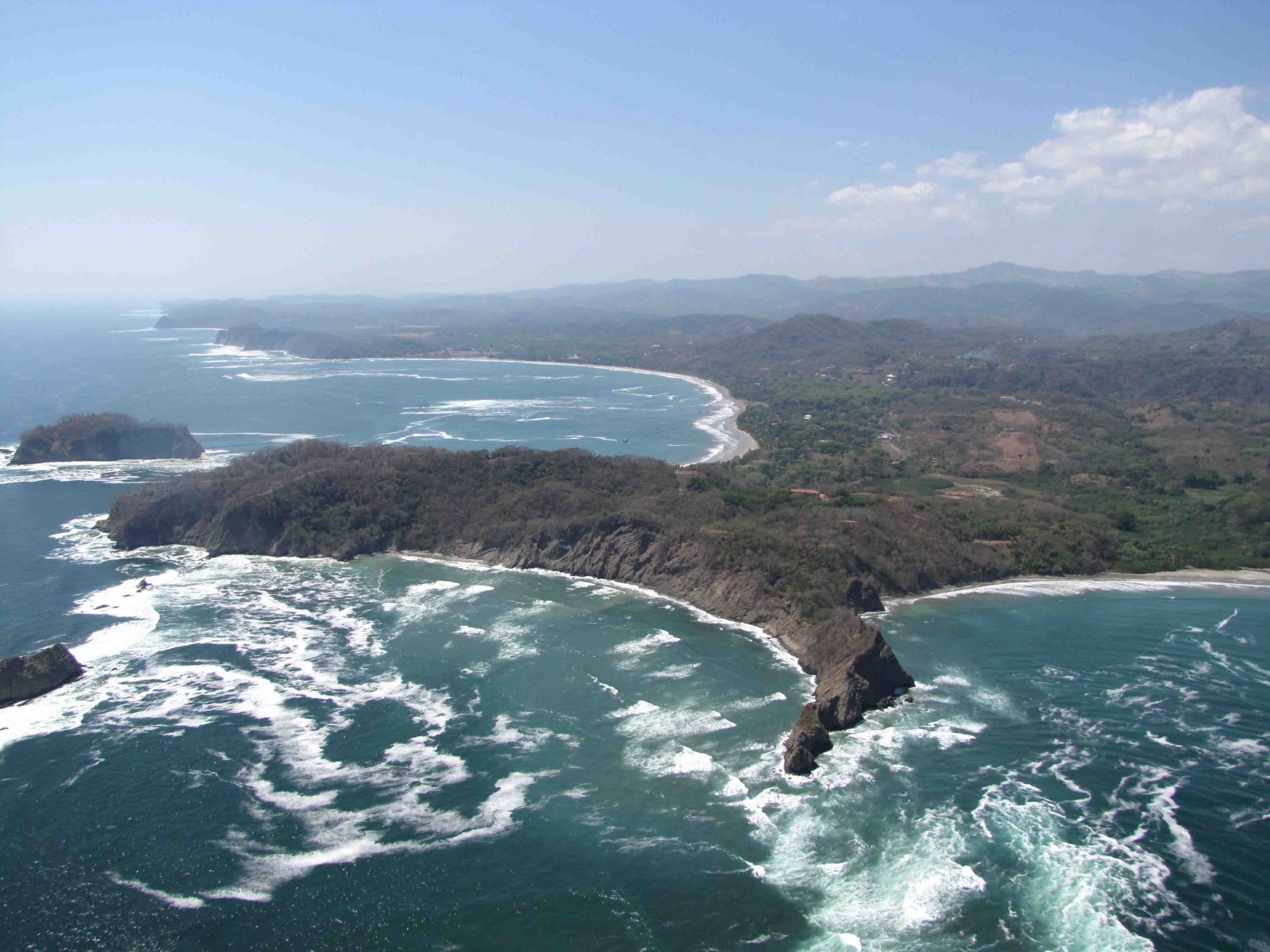

Comments